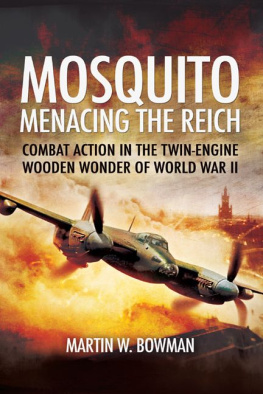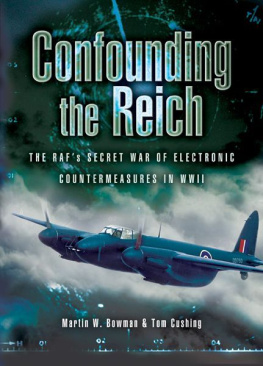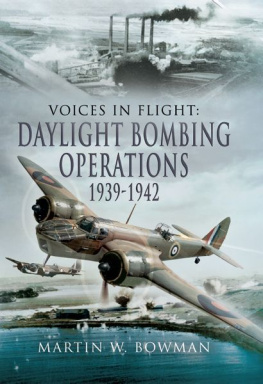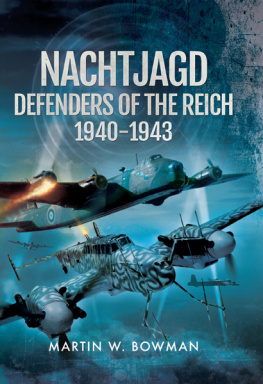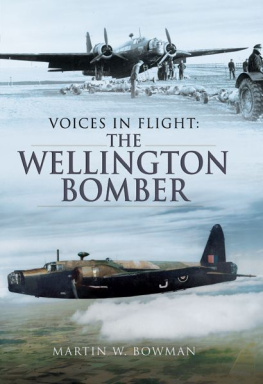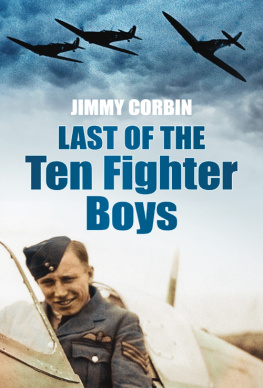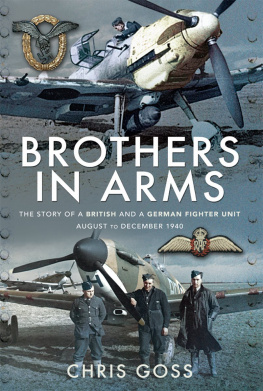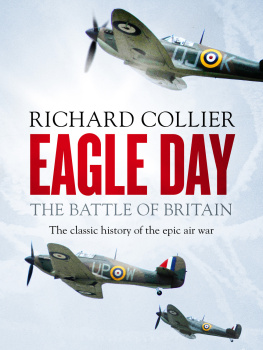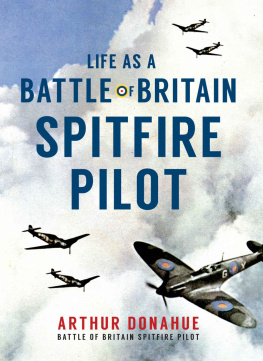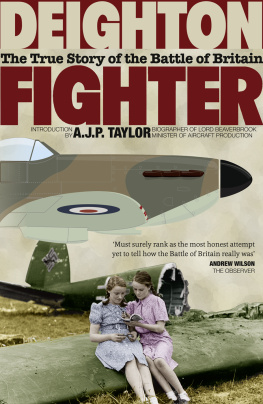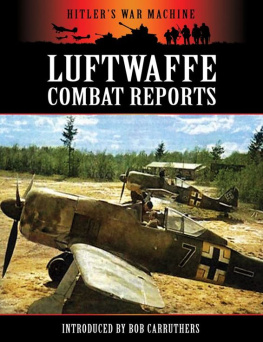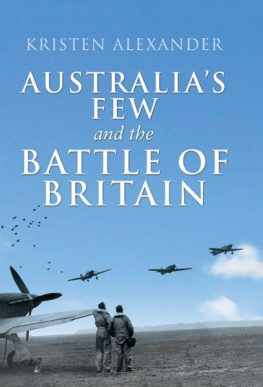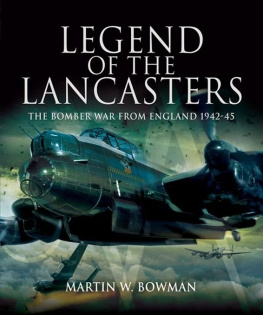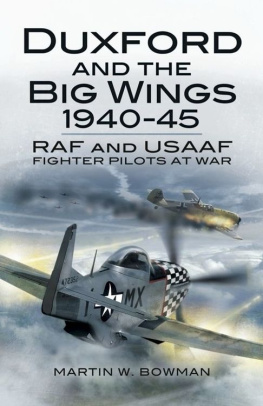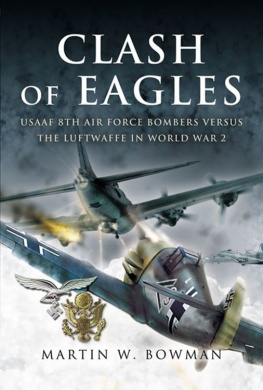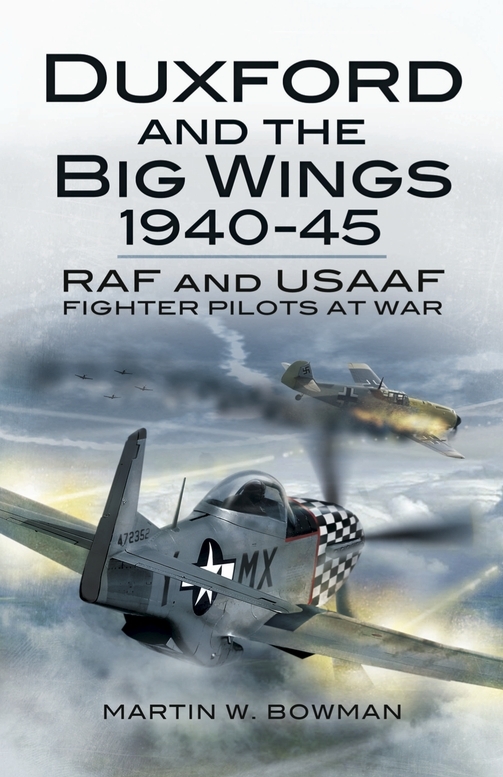CHAPTER ONE
We Shall Defend Our Island
Even though large tracts of Europe and many old and famous States have fallen or may fall into the grip of the Gestapo and all the odious apparatus of Nazi rule, we shall not flag or fail. We shall go on to the end, we shall fight in France, we shall fight on the seas and oceans, we shall fight with growing confidence and growing strength in the air, we shall defend our island, whatever the cost may be, we shall fight on the beaches, we shall fight on the landing grounds, we shall fight in the fields and in the streets, we shall fight in the hills; we shall never surrender
Winston S Churchill
O n a raw November day in 1932 a young RAF fighter pilot drove his little red MG sports car along the winding A505 in Cambridgeshire to take up a new posting at Duxford airfield just south of the University City of Cambridge. This RAF fighter station forty miles north of London was home to 19 Squadron flying Bristol Bulldog IIA biplane fighters. At weekends the airfield hosted undergraduate members of the Cambridge University Air Squadron who were learning to fly and to become officers in the RAF. Duxford would normally have been a Mecca too for the twenty-two-year-old ex-RAF College Cranwell graduate, accomplished pilot and all-round sportsman who had flown Gloster Gamecocks in tied together aerobatics at Hendon air displays. But for Douglas Bader his posting to 19 Squadron was a bitter pill to swallow. Both his legs had been amputated following a horrific crash during low-level aerobatics at Reading Aero Club at Woodley airfield on 14 December 1931 when the wingtip of his Bulldog clipped the grass and the aircraft smashed into the ground. Lesser men would have died but expert medical care and his own tremendous fighting spirit and a strong will to live pulled him through. He endured the long ordeal of operations and rehabilitation and when given artificial legs Bader confounded the doctors who said that he would never walk unaided again. He not only proved them wrong, he proved to his RAF superiors that he could still fly aircraft, but the service was unable to pass him fit for flying because there was nothing in Kings Regulations which covered his case. Instead, he was posted to Duxford and on his arrival the wing commander in charge of the Station told him, Glad to have you here Bader. Youre taking over the Motor Transport Section.
In the 1930s Duxford was one of a few RAF stations that boasted permanent hangars and other buildings, brick barracks and mess sites and a large grass runway area. It was a far cry from 1914 18 when during the Great War military aviation really came of age and developments in weaponry and aircraft design made great strides and airfields had to be found to house the aircraft of the Royal Flying Corps. In England hundreds of potential sites were surveyed. One of them was on land north-west of the village of Duxford comprising 223 acres of land on the south side of the Newmarket to Royston road and fifteen acres on the other side of the road. Most of the land belonged to Temple Farm and College Farm. Once the survey was complete, the land was declared suitable and was requisitioned, as the RFC wanted to use Duxford as a training station. Tenders were invited from companies for the construction of the airfield, to include hangars, service buildings and living quarters for up to 800 personnel. In the summer of 1917, P & W Anderson, a Scottish civil engineering company, was given the contract to build the airfield and work began that October, at an estimated cost of 90,000. The buildings on the airfield site were mostly of brick and timber construction, but those on the domestic site on the north side of the road were mainly timber only. All materials were brought to the site from Whittlesford railway station, either by steam-driven lorries or horse-drawn wagons. The work progressed slowly and some of the roads showed signs of subsidence. Local people looked on with mixed feelings and complaints were made about the roads to the County Council and the Police. As the work progressed, more and more men were employed and at one stage it was estimated that a thousand men were working on the project. The cost of the work also began to rise but still progress was slow. In March 1918, United States Army personnel of the 159th Aero Squadron arrived to erect Bessonneaux hangars as a temporary measure to protect aircraft while the main hangars were completed. The permanent hangars would consist of three double-bay and one single-bay Belfast types with wooden concertina-type doors at each end. These buildings took the name from the wooden root trusses they incorporated.
As soon as the Bessonneaux hangars had been completed, the airfield was used as a mobilisation Station and 119, 123 and 129 Squadrons arrived in March and April 1918 with their DH 9 bomber aircraft. They were followed by the arrival of the American 151st, 256th and 268th Aero Squadrons but mostly they were put to work assembling aircraft and like Douglas Bader, fourteen years later, to running the Motor Transport Section. In July 1918 129 Squadron, now part of the Royal Air Force as the RFC had become on 1 April, disbanded. That July 35 Training Depot Station with a complement of 450 men and 158 women (the latter engaged in clerical and domestic work) opened as part of a new system of RAF pilot training. RAF Duxford did not open officially until September 1918 though the contractors work was still not finished. The Americans departed soon after Armistice Day, 11 November 1918, and the RAF and Britains other services were severely reduced in size and equipment. At Duxford building work was more or less complete but the cost had risen to 460,000 and an inquiry was convened to determine what had caused the delay in construction. Duxford remained a permanent post-war RAF station, however, to be used for flying training, and a survey carried out during late 1919 led to a further 355,000 being made available to update the station. Work involved re-roofing the hangars, constructing extra buildings and refurbishment of existing ones. While this work was in progress the aircraft was placed on a care and maintenance basis although in late 1919 No. 8 Squadron arrived from France to disband.
Despite some local opposition the land occupied by the airfield was purchased by the authorities for permanent military use. In April 1920 Duxford re-opened as No. 2 Flying Training School under the command of Wing Commander (later Air Chief Marshal) Sir Wilfred Freeman DSO MC. Flying training using Avro 504s and Bristol Fighters began but there was a shortage of experienced instructors and training suffered as a result. In 1921 Wing Commander Sidney Smith DSO AFC succeeded Sir Wilfred Freeman and pilot training was improved but there were many accidents, some of them fatal. In 1921 flights were made over East Anglia in aircraft fitted with cameras and the photographs taken were used for map making. That same year at the RAF Air Pageant at Hendon, Duxford beat the School of Photography, Farnborough, to take first place in the photographic mapping competition. By 1923 various courses had been devised for pilot training and all places filled. Many of the student pilots who later became famous gained their wings at the school. Among them were Acting Pilot Officer Jim Mollison, who proved to be a natural when in an aircraft and Charles W.A. Scott.1 At about this time it was decided that Duxford would become a fighter station and on 1 April 1923 19 and 29 Squadrons reformed there to fly Sopwith Snipes. In June 1924 2 FTS left for Digby in Lincolnshire. In January 1925 the Meteorological Flight formed at Duxford with two aircraft initially, but later equipped with Siskins, Hawker Woodcocks, Bristol Bulldogs, Westland Wallaces and Gloster Gauntlets.


